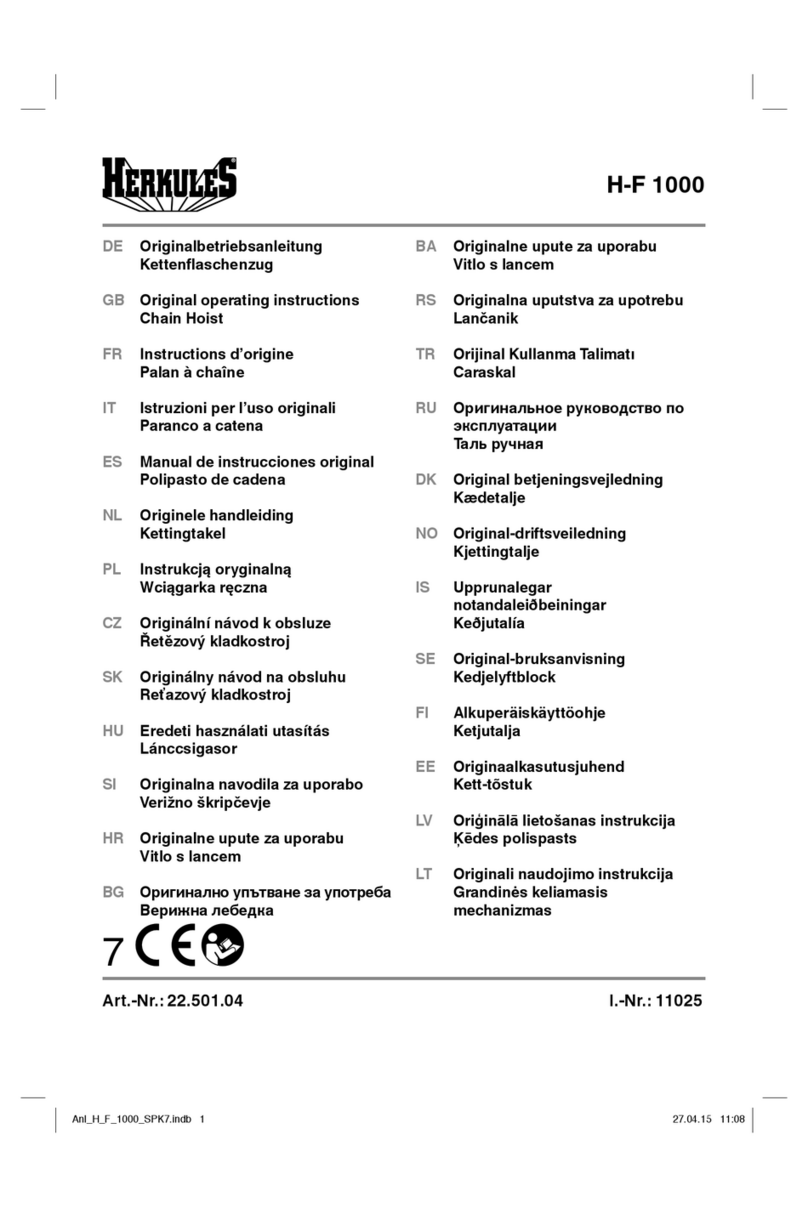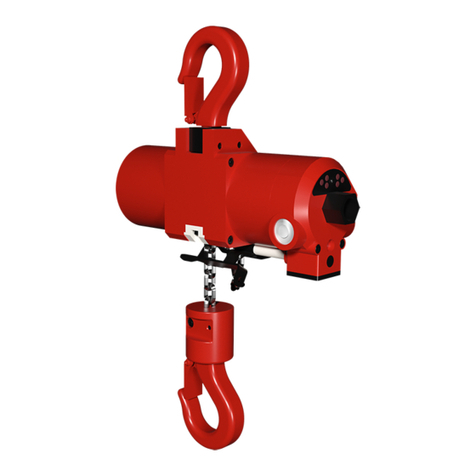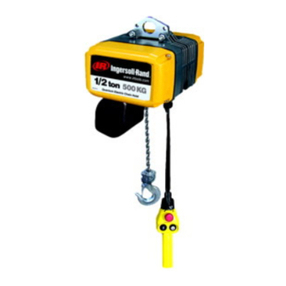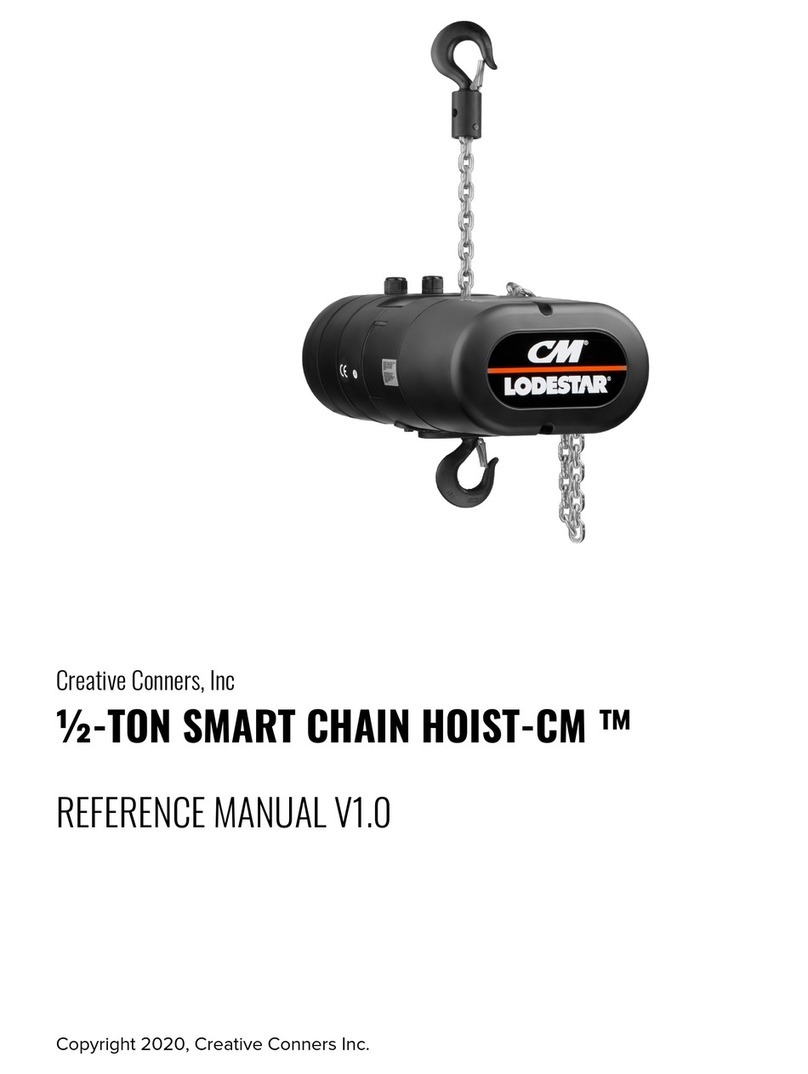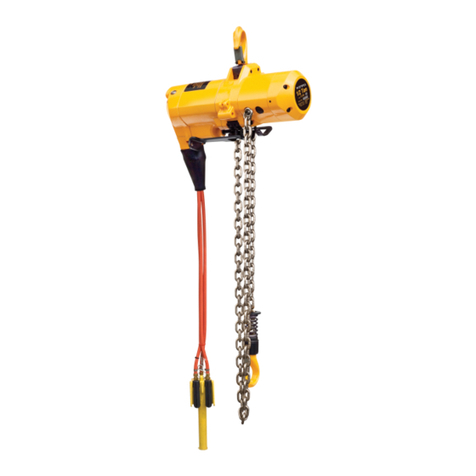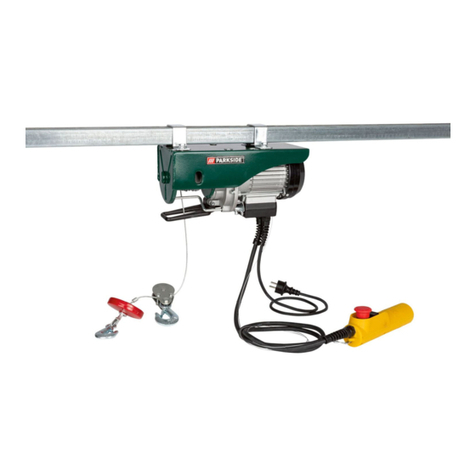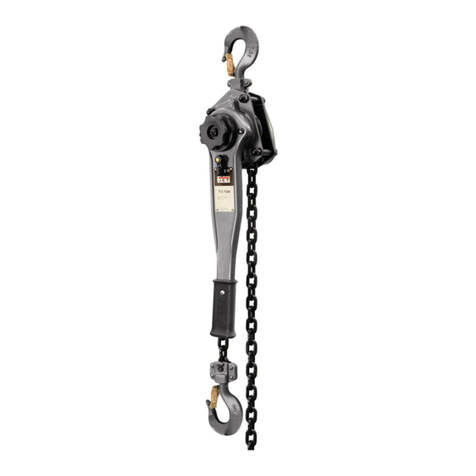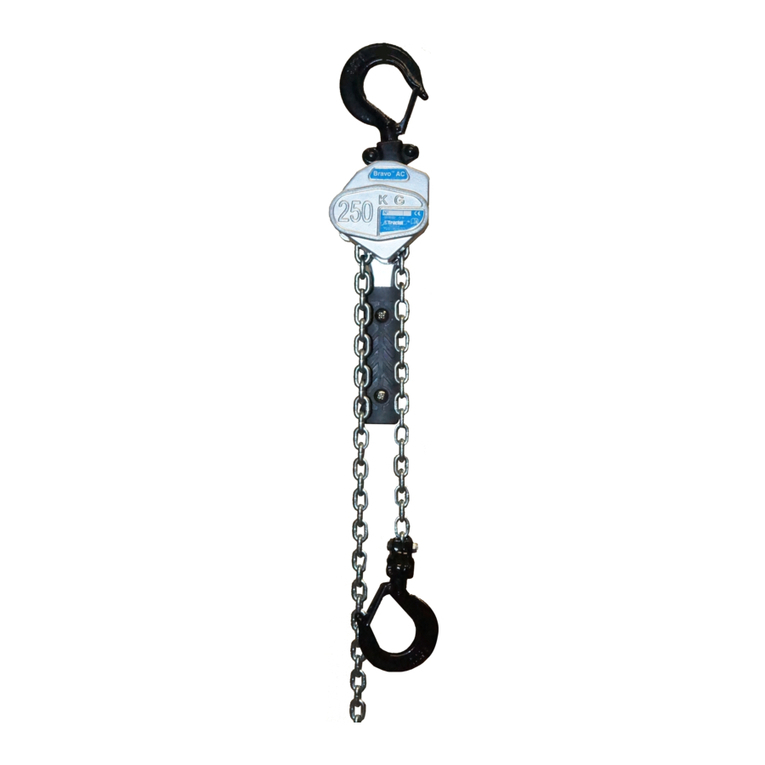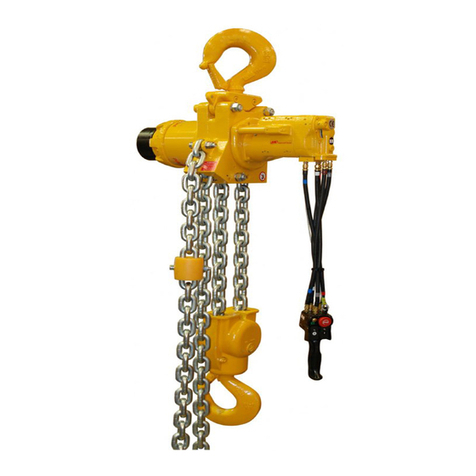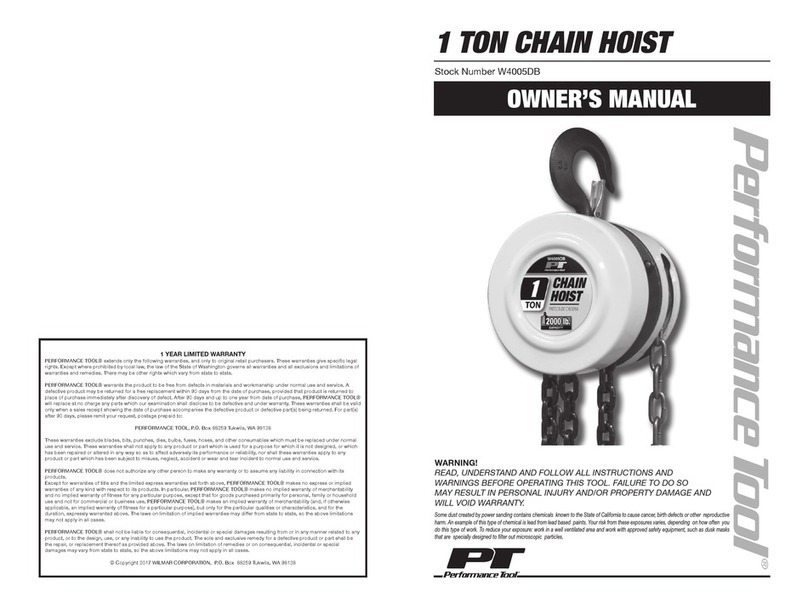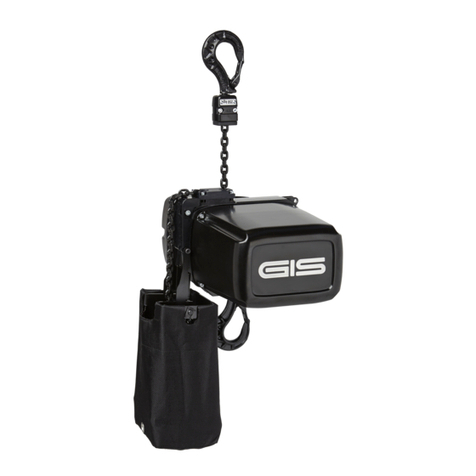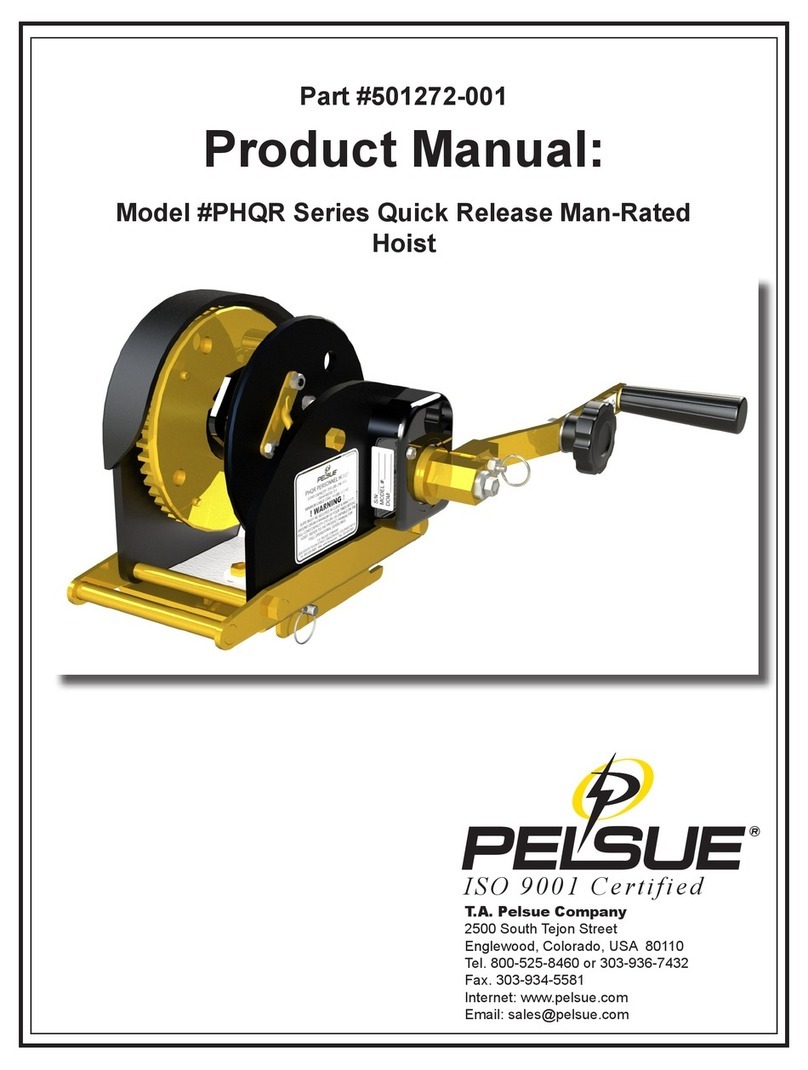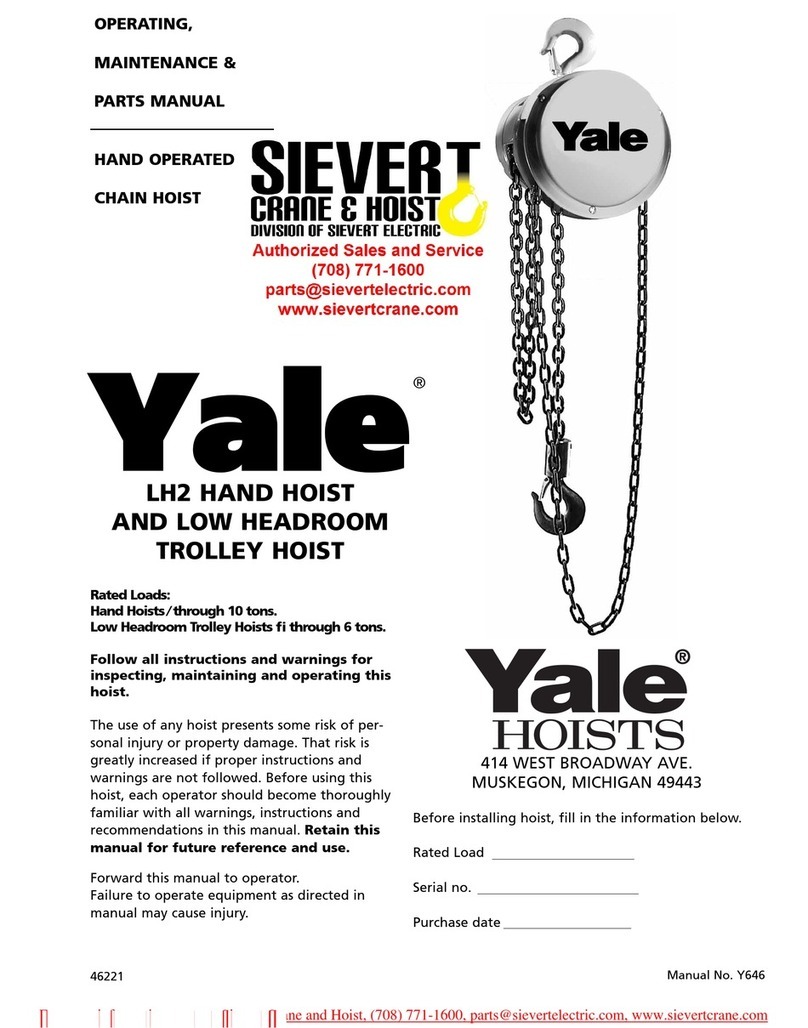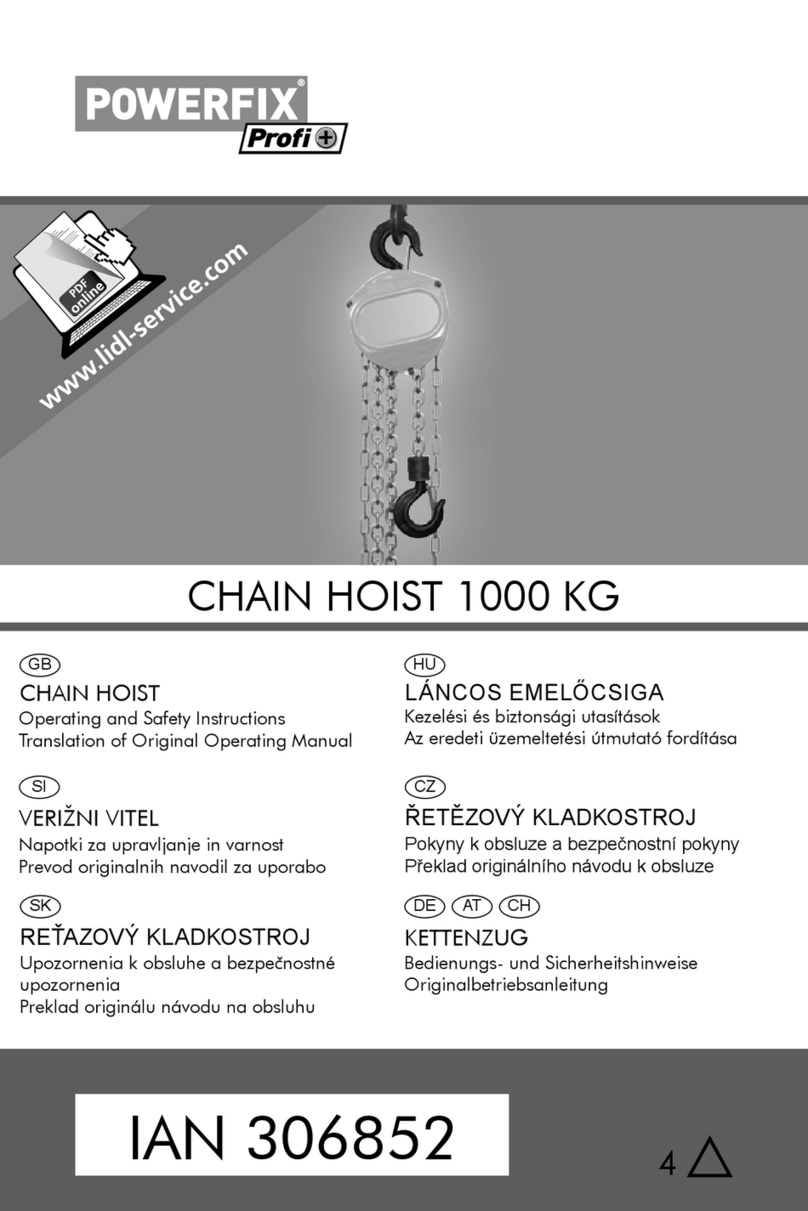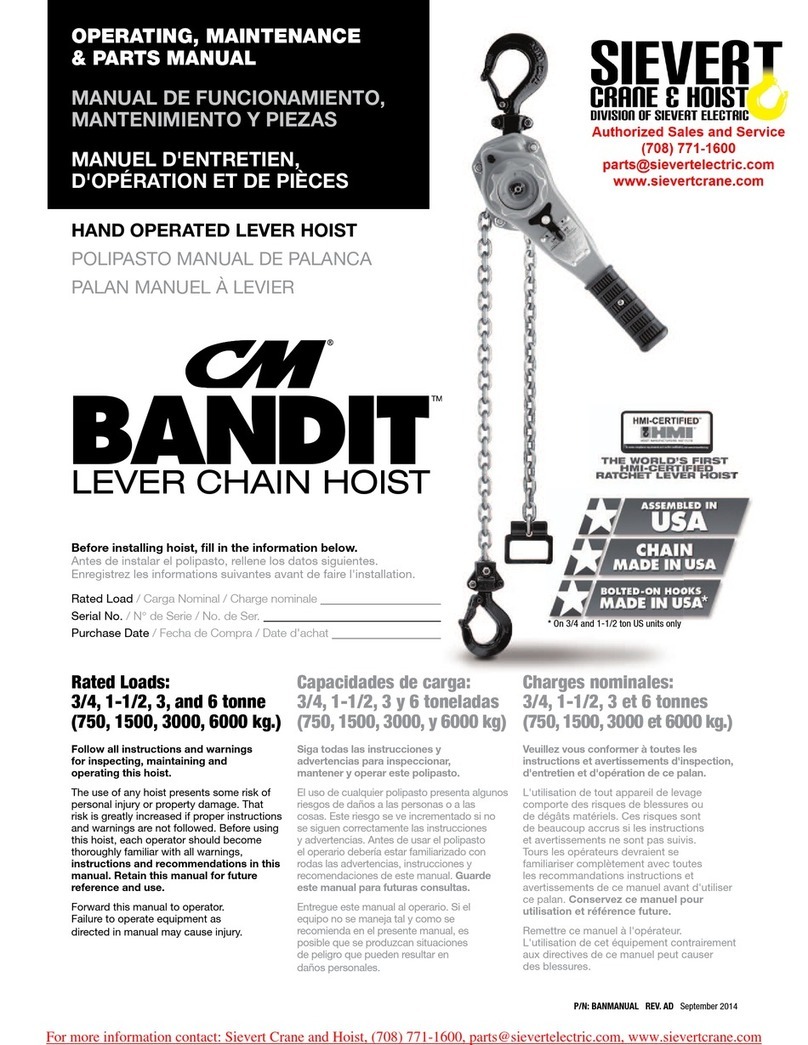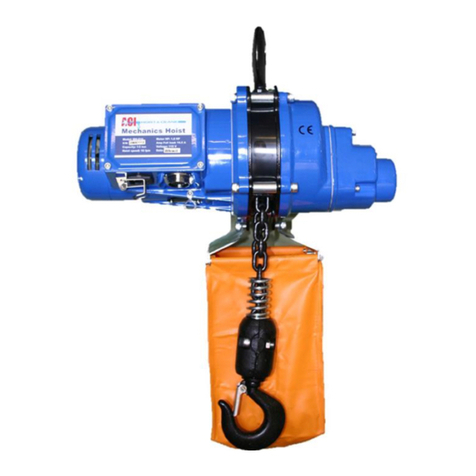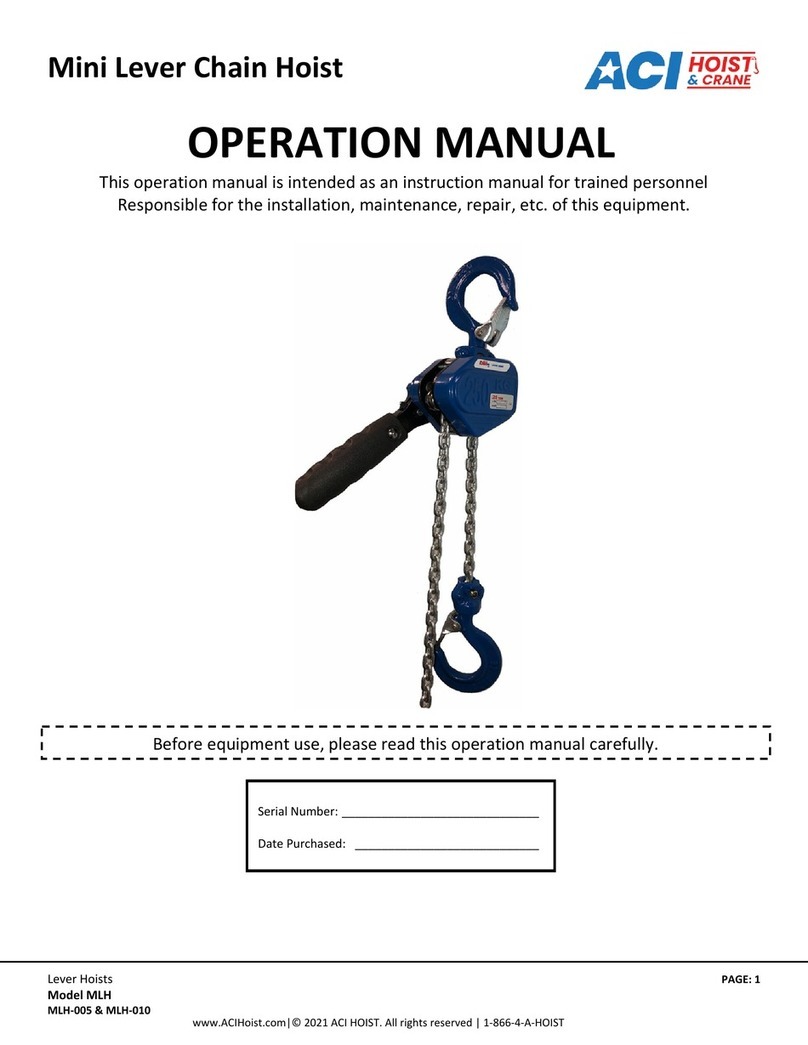
Wire Rope Hoist PAGE: 4
Model WR
WR-0214
2721 NE 4th Ave Pompano FL, 33064 | (954) 367-6116 Visit WWW.ACIHOIST.COM for the most current information
Table of Contents
1.0 WARRANTY ...............................................................................................................................................................7
2.0 SAFETY PRECAUTIONS............................................................................................................................................8
2.1 Safety Alert Symbols ...........................................................................................................................................8
2.2 Important Information and Warnings..................................................................................................................10
2.3 General Safe Operation Requirements ..............................................................................................................11
3.0 GENERAL DESCRIPTION .......................................................................................................................................13
3.1 General .............................................................................................................................................................13
3.2 Lifting Mechanism .............................................................................................................................................14
3.3 Trolley Traveling Mechanism .............................................................................................................................15
3.4 Optional Items...................................................................................................................................................17
3.5 Model Numbering..............................................................................................................................................18
4.0 INSTALLATION........................................................................................................................................................19
4.1 Prior to Installing Hoist.......................................................................................................................................19
4.2 Installation of Hoist ...........................................................................................................................................20
4.3 Installation of Base Mount Electric Hoists ..........................................................................................................22
4.4 Monorail Track ..................................................................................................................................................24
4.5 Adjusting trolley width and Installing Hoist Trolley on Beam ..............................................................................24
4.6 Low Headroom Hoist Trolley .............................................................................................................................25
4.7 Connecting Power Supply to Hoist ....................................................................................................................27
4.8 Before Operating the Hoist: ...............................................................................................................................28
4.8.1 Checking the end limit switch function ..................................................................................................................28
4.8.2 Adjusting the lever system actuating the end limit switch ...................................................................................... 29
4.8.3 Checking the Lubrication of the Electric Hoist ........................................................................................................29
4.8.4 Hoist Load Test ..................................................................................................................................................... 29
5.0 OPERATION.............................................................................................................................................................31
5.1 General Information...........................................................................................................................................32
5.2 General DO’S and DO NOT’S............................................................................................................................32
5.3 Before Operating the Hoist and Applying the Load ............................................................................................33
5.4 While Operating the Hoist and Moving the Load................................................................................................33

